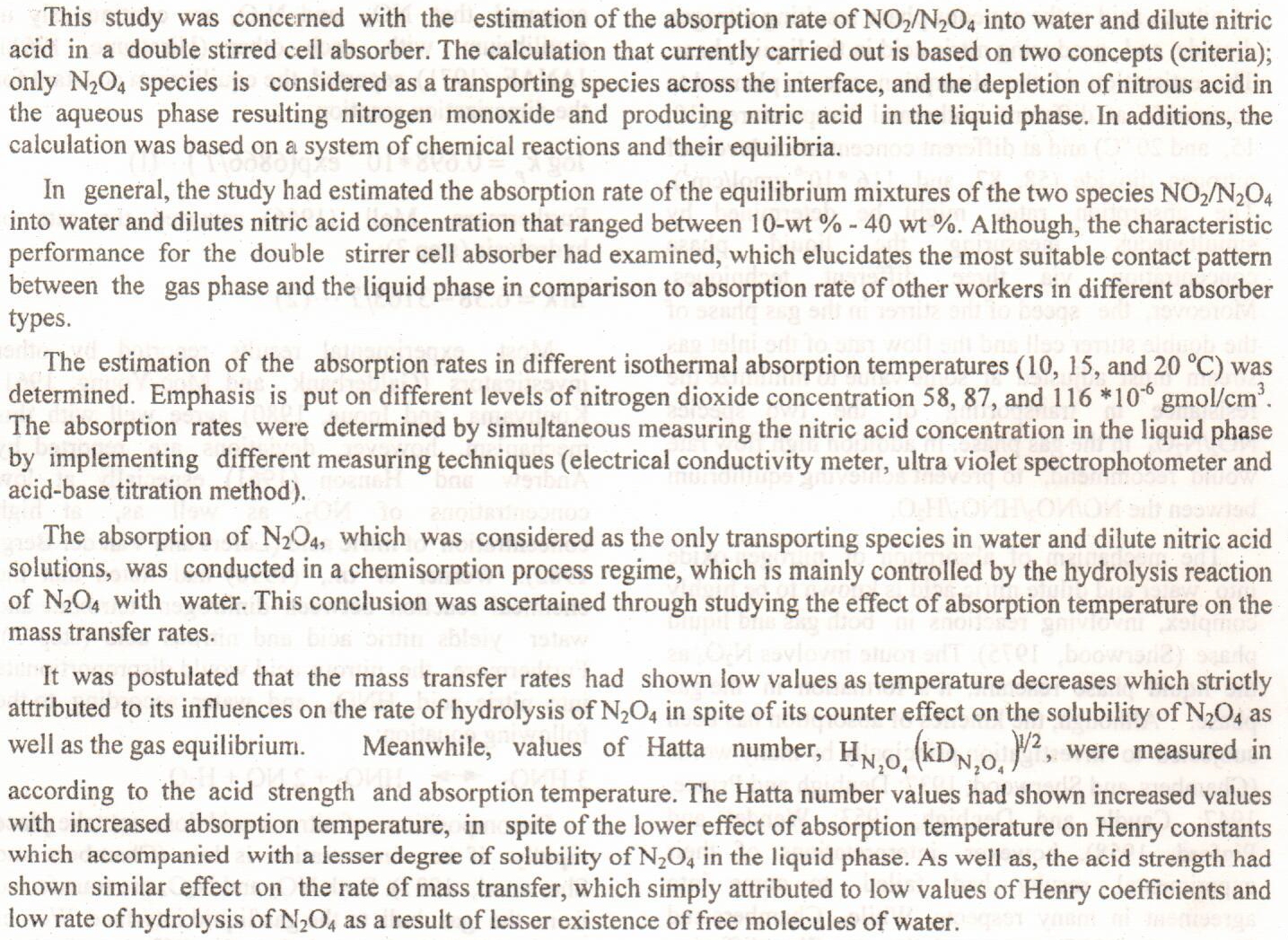
One of the most important parameters determining structural members' durability and strength is the fire flame's influence and hazard. Some engineers have advocated using advanced analytical models to predict fire spread impact within a compartment and considering finite element models of structural components to estimate the temperatures within a component using heat transfer analysis. This paper presented a numerical simulation for a reinforced concrete beam’s structural response in a case containing Water Absorbing Polymer Spheres (WAPS) subjected to fire flame effect. The commercial finite element package ABAQUS was considered. The relevant geometrical and material parameters of the reinforced concrete beam model at elevated t
... Show MoreOne of the most important parameters determining structural members' durability and strength is the fire flame's influence and hazard. Some engineers have advocated using advanced analytical models to predict fire spread impact within a compartment and considering finite element models of structural components to estimate the temperatures within a component using heat transfer analysis. This paper presented a numerical simulation for a reinforced concrete beam’s structural response in a case containing Water Absorbing Polymer Spheres (WAPS) subjected to fire flame effect. The commercial finite element package ABAQUS was considered. The relevant geometrical and material parameters of the reinforced concrete beam model at elevated t
... Show MoreThe study was conducted over the period of Oct 2018 to Apr 2019 and is aimed for the detection and estimation of four hazardous Volatile Organic Compounds VOC (benzene, toluene, ethylbenzene, and xylene) so-called (BTEX) in samples collected from the produced water in the Al-Ahdab oil field in Iraq also to track their availability in the important natural water sources around the field. These compounds pose a risk to human health as well as environment. To avoid the laborious and tiresome conventional extraction methods, water samples were collected and concentrated using solid-phase extraction technique (SPE) which is a robust and cost-effective method of sample extraction with minimal exposure and handling of solvents and then to be analy
... Show More (2)
(2)
This study aims to predict the organic pollution produced from the presence of some polycyclic aromatic hydrocarbons (PAHs) and determination it's concentrations (µg/L , ppb) in Tigris river water by a collection twenty-seven water samples from a selected three stations with nine sampling sites and three depths of water (5 cm , 2 m and 4 m) each site for 4.6 km distance of a geographic studied area which is located between the ( Al-Senak and AL-Sarrafiah bridges ) at Baghdad city – Iraq on May, 2012. The geographic location was determined with a Global Positioning System (GPS) and Geographic Information System (GIS) software program. The concentrations of fourteen components (PAHs) were performed using the reverse phase
... Show More (1)
(1)
Pharmaceuticals have been widely remaining contaminants in wastewater, and diclofenac is the most common pharmaceutical pollutant. Therefore, the removal of diclofenac from aqueous solutions using activated carbon produced by pyrocarbonic acid and microwaves was investigated in this research. Apricot seed powder and pyrophosphoric acid (45 wt%) were selected as raw material and activator respectively, and microwave irradiation technique was used to prepare the activated carbon. The raw material was impregnated in pyrophosphoric acid at 80◦C with an impregnation ratio of 1: 3 (apricot seeds to phosphoric acid), the impregnation time was 4 h, whereas the power of the microwave was 700 watts with a radiation time of 20 min. A series o
... Show More (16)
(16)
The esterification of oleic acid with 2-ethylhexanol in presence of sulfuric acid as homogeneous catalyst was investigated in this work to produce 2-ethylhexyl oleate (biodiesel) by using semi batch reactive distillation. The effect of reaction temperature (100 to 130°C), 2-ethylhexanol:oleic acid molar ratio (1:1 to 1:3) and catalysts concentration (0.2 to 1wt%) were studied. Higher conversion of 97% was achieved with operating conditions of reaction temperature of 130°C, molar ratio of free fatty acid to alcohol of 1:2 and catalyst concentration of 1wt%. A simulation was adopted from basic principles of the reactive distillation using MATLAB to describe the process. Good agreement was achieved.
The manganese doped zinc sulfide nanoparticles were synthesized by simple aqueous chemical reaction of manganese chloride, zinc acetate and thioacitamide in aqueous solution. Thioglycolic acid is used as capping agent for controlling the nanoparticle size. The main advantage of the ZnS:Mn nanoparticles of diameter ~ 2.73 nm is that the sample is prepared by using non-toxic precursors in a cost effective and eco-friendly way. The structural, morphological and chemical composition of the nanoparticles have been investigated by X-ray diffraction (XRD), Scanning Electron Microscopy (SEM) with energy dispersion spectroscopy (EDS) and Fourier transform infrared (FTIR) spectroscopy. The nanosize of the prepared nanoparticles was elucidated by Scan
... Show MoreThis study describe the effect of temperature on the optical
properties of nickel(ii) phthalocyanine tetrasulfonic acid tetrasodium
salt (NiPcTs) organic thin films which are prepared by spin coating
on indium tin oxide (ITO-glass). The optical absorption spectra of
these thin films are measured. Present studies reveal that the optical
band gap energies of NiPcTs thin films are dependent on the
annealing temperatures. The optical band gap decreases with increase
in annealing temperature, then increased when the temperature rising
to 473K. To enhance the results of Uv-Vis measurements and get
more accurate values of optical energy gaps; the Photoluminescence
spectra of as-deposited and annealed NiPcTs thin fi
 (1)
(1)
 (2)
(2)
 (1)
(1)
 (2)
(2)
